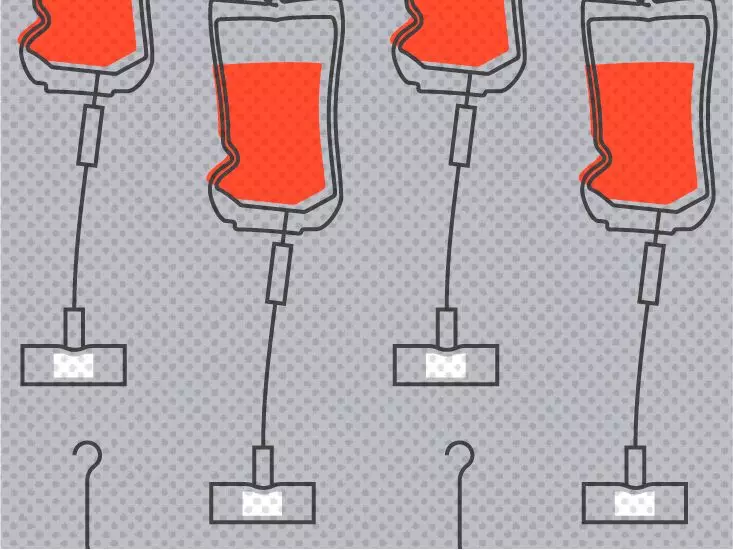Hereditary angioedema (HAE) is a rare genetic condition characterized by sudden and severe swelling, particularly affecting areas such as the face, extremities, and gastrointestinal tract. For individuals grappling with HAE, Ruconest (C1 esterase inhibitor [recombinant]) has emerged as a vital therapeutic option. This article delves into the nuances surrounding Ruconest, including its costs, administration procedures, and financial assistance options.
Ruconest has gained approval from the Food and Drug Administration (FDA) for the management of HAE attacks in adults and those aged 13 and older. The active component of Ruconest, C1 esterase inhibitor, plays a crucial role in managing the disproportionate inflammatory response that triggers the debilitating episodes characteristic of HAE. Despite its therapeutic value, Ruconest is solely available as a brand-name product without any biosimilar alternatives, which could have offered a more budget-friendly option for patients.
The financial implications of utilizing Ruconest can vary significantly based on several variables. Chief among these is the treatment plan prescribed by healthcare professionals and the individual’s insurance coverage. Additionally, the pharmacy selected for procurement can also influence the final cost. It’s essential for patients and caregivers to have informed discussions with healthcare providers, pharmacists, and insurance representatives to ascertain expenses associated with this medication.
In practical terms, patients might incur additional costs related to the necessary administration supplies when using Ruconest at home. These supplies can include intravenous infusion sets, syringes, gauze, and more, adding to the overall financial burden of managing HAE effectively.
A fundamental understanding of the pharmacological landscape can illuminate why costs for biologic drugs like Ruconest tend to soar compared to potential biosimilars. Biologics are generally expensive due to extensive research, development, and testing required to demonstrate their safety and efficacy. Preserving exclusivity through patents, which can last up to a decade or more, allows original manufacturers to charge higher prices in the absence of competition.
However, once a biologic’s patent expires, biosimilars may enter the market, potentially driving down prices due to competition. Moreover, biosimilars often have lower production costs since they are not subject to the same rigorous testing as their original counterparts.
For patients on long-term therapy with Ruconest, several strategies may be employed to mitigate costs. One viable option is seeking a 90-day supply of the medication, which can minimize pharmacy visits and possibly lower expenses if covered by insurance. Patients should consult with their healthcare provider or pharmacist about acquiring a larger supply through potential authorization from their insurer.
Mail-order pharmacies also provide another route to cost savings. By opting for this delivery method, patients can access their medications conveniently, and some Medicare plans may subsidize these mail-order prescriptions, reducing out-of-pocket costs further.
For those without health insurance, alternative avenues exist. Discussions with healthcare providers may yield information on low-cost pharmacy options or patient assistance programs dedicated to helping individuals afford their necessary medications.
Insurance intricacies can add layers of complexity to accessing Ruconest. Some insurers may require prior authorization before they agree to reimburse for the drug, leading to potential complications if treatment is initiated before approval. Understanding one’s insurance policy regarding Ruconest is crucial; patients must communicate effectively with their insurance providers to avoid paying out-of-pocket for a medication that could otherwise be covered.
Furthermore, for those requiring financial assistance, various resources are available, like the Ruconest Patient Savings Program. Interested patients can explore eligibility for this program or others that provide financial relief for prescription medications. Additional resources online can help patients navigate insurance capabilities and find applicable savings options.
Navigating the complexities of treatment for hereditary angioedema can be daunting, particularly when it comes to the financial implications of medications like Ruconest. Through informed discussions with healthcare professionals, understanding of insurance policies, and exploration of available savings programs, patients can empower themselves to better manage their condition. In an evolving pharmaceutical landscape, remaining proactive and informed is essential to alleviating both the physical and financial burdens associated with HAE.

